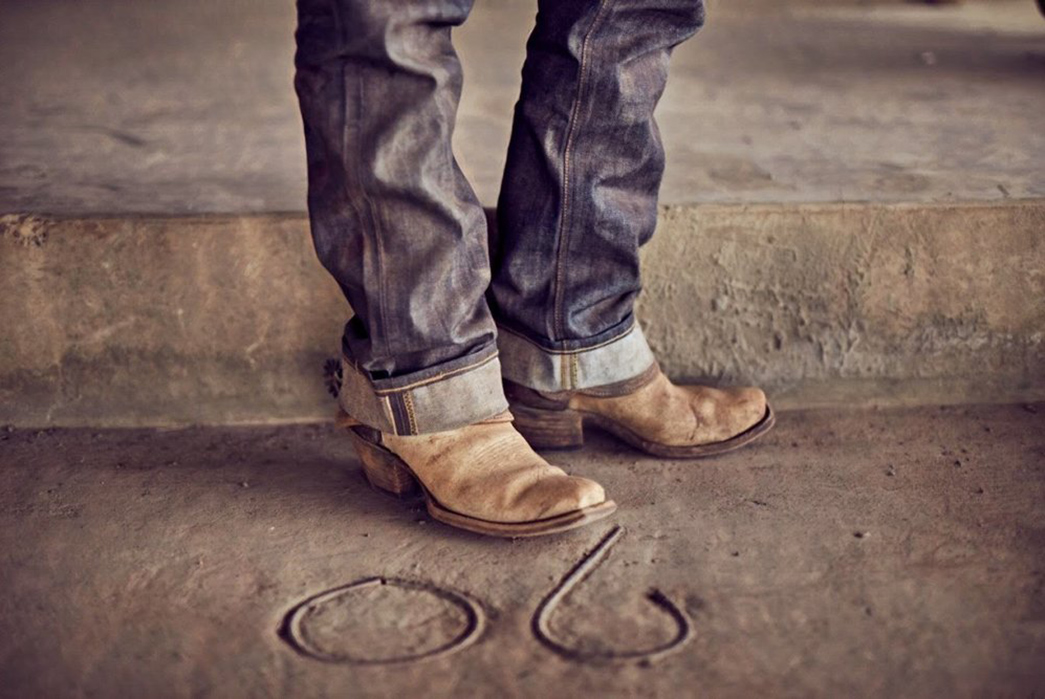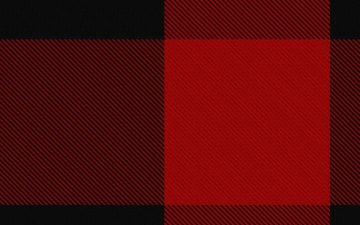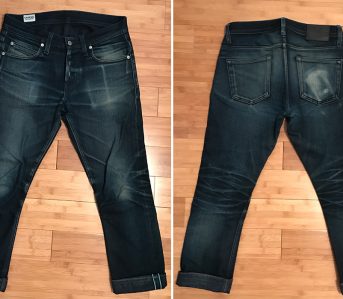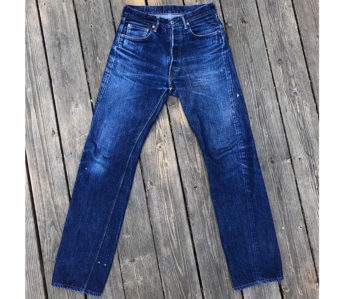Straight cuts, slim cuts, tapered cuts… all are, for the most part, mainstream. The bootcut, however, not so much. No other silhouette is so maligned, no other denim-wearers so derided. But why?
For starters, the word “bootcut” has somehow taken on a meaning altogether divorced from the actual garment. Paul Newman, in the below photo, is wearing a pair of Lee Riders, which are one of the most famous bootcut jeans of all time. How has a jean that’s designed with one of the best-fitting cuts become synonymous with poor style and a by-word for a fashion disaster?
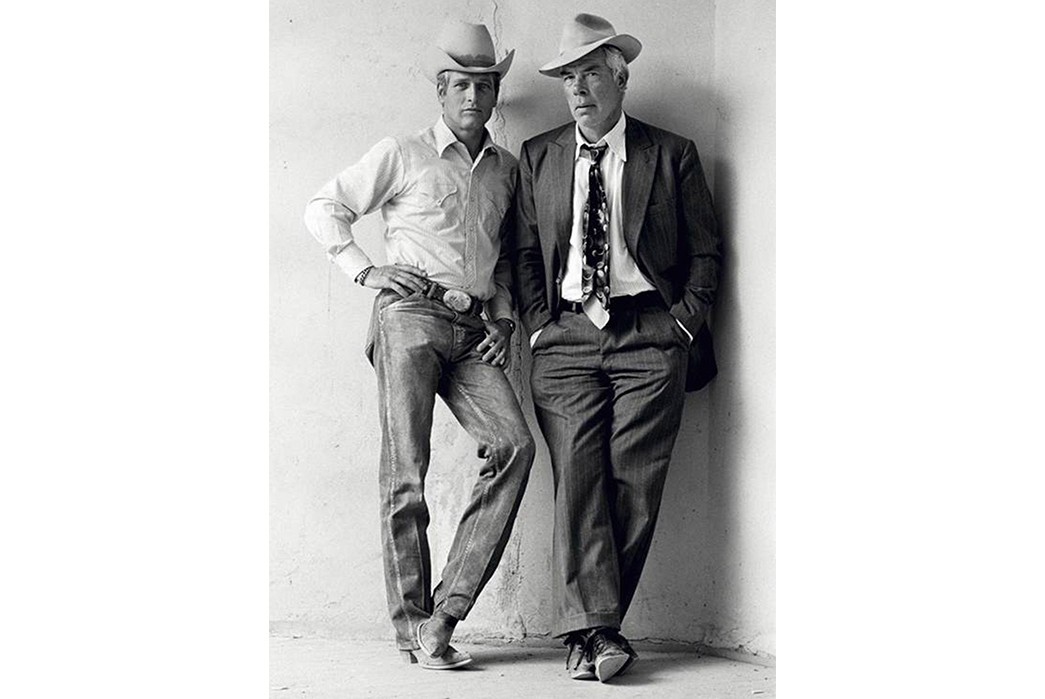
Paul Newman (left) and Lee Marvin (right). Paul in bootcut Lee jeans. Image via 1stdibs.
Historical Context
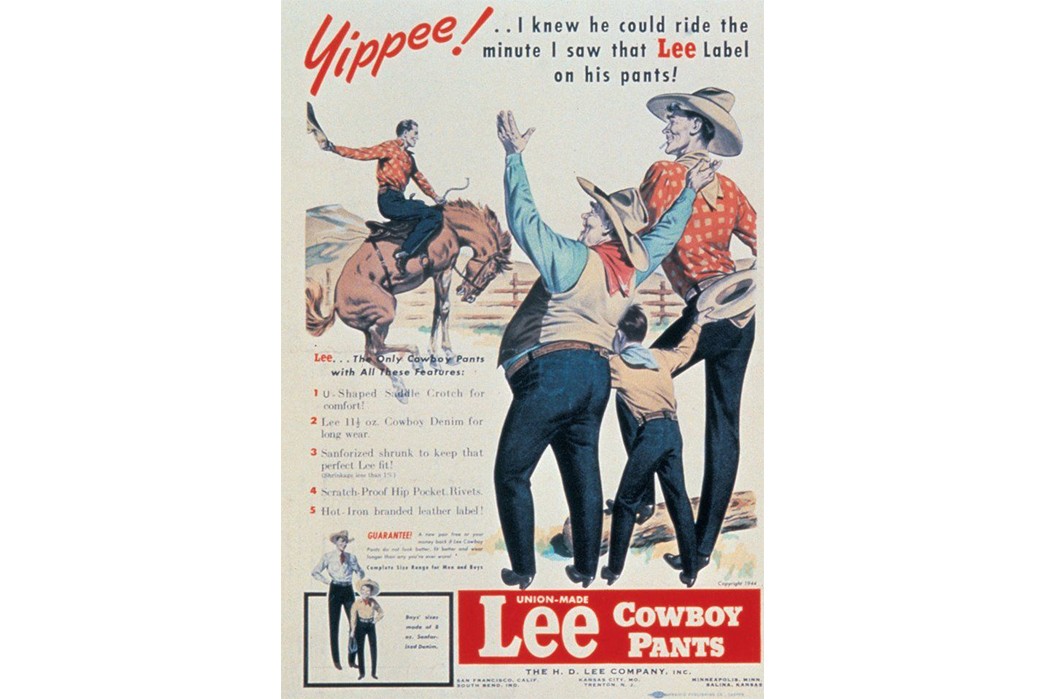
Lee Cowboy Pants. Image via Pinterest.
In 1924, Lee introduced their cowboy jeans. The 101 jeans, as they were known, were released at a crucial point in American history. In the wake of World War I, the world was reeling from its first experience with large-scale mechanized warfare. The U.S., in contrast with its allies, was mostly unscathed, but folks at home inadvertently turned towards a rustic form of entertainment to distract themselves from a confusing and violent world.
Rodeo took off in the 1920s, and more than ever, denim brands sought to associate themselves with this trend. Lee’s cowboy jeans, which were sanforized—and starting in 1926, had zip-flies—were considered some of the first ever slim jeans. Their inventive u-shaped crotch, paired with a high rise allowed the jeans to fit snug without being uncomfortable. Unlike modern slim jeans, however, they flared out from below the knees to accommodate their most prolific wearers—cowboys.
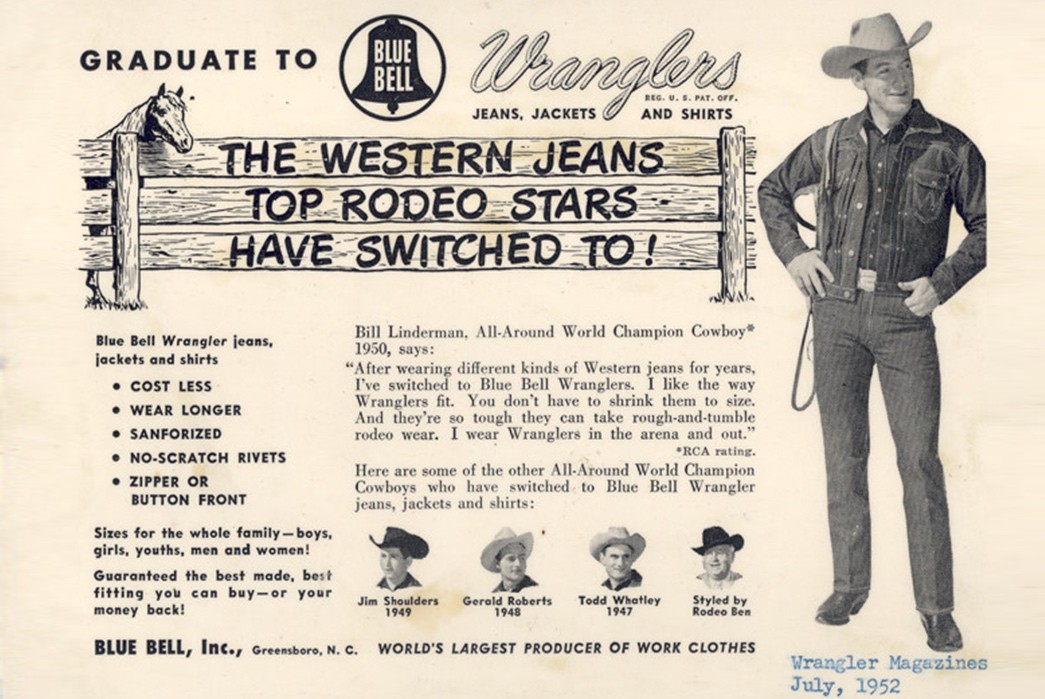
Wrangler. Image via Pinterest.
Fast forward to the end of World War II, and a second wave of rodeo madness is sweeping the nation. This time, however, there’s another bootcut in town. Wrangler arrived when Blue Bell resurrected the defunct workwear label and gave it a rustic, manly facelift. Their first jean was called the 11MWZ, a zip fly design with a famously well-fitting seat, a sanforized broken twill denim, and a flared leg for real-life cowboys.
In an era where Levi’s was only slowly modifying their straight leg cut, the sanforized and zip fly looks of Lee and Wrangler were a huge hit—the majority of the country outside of the Levi’s West Coast customer base wasn’t accustomed to unsanforized jeans and unwilling to try out the sometimes stiff button-fly of the 501. Considering that, for most of the twentieth century, consumers had no exposure to synthetic fabrics or to what a modern audience might consider a slim cut, they found these bootcut brands to fit the bill rather well.
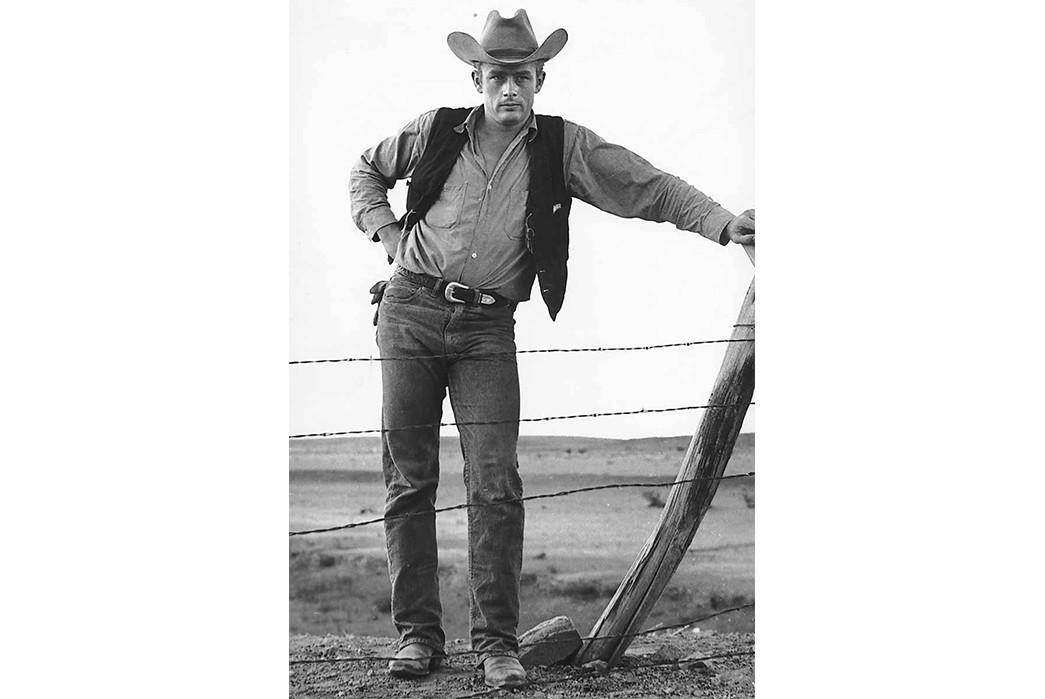
James Dean on the set of ‘Giant’ in 1956, wearing (you guessed it) bootcut Lees. Image via ongallery.
It’s also important to remember that jeans were originally designed to be functional. It wasn’t until the birth of modern consumer culture in the late ’60s that long-standing denim producers got around to cutting garments into exceedingly tight cuts. If you were buying jeans, there had to be a tradeoff between look and purpose. So to preserve this delicate balance, Lees and Wranglers, with their comparatively tight upper halves, flared out to accommodate boots and heavy-duty footwear for the real working men who wore them.
In the above cases—with Newman and Dean—neither man looks like he’s wearing what we might mockingly refer to as a bootcut. With high rises and fitted tops, they look like any great-fitting repro jean ought to. It’s only a slight bit of stacking around their boots that gives the flare away—without a break, you might never know.
What Not to Flare
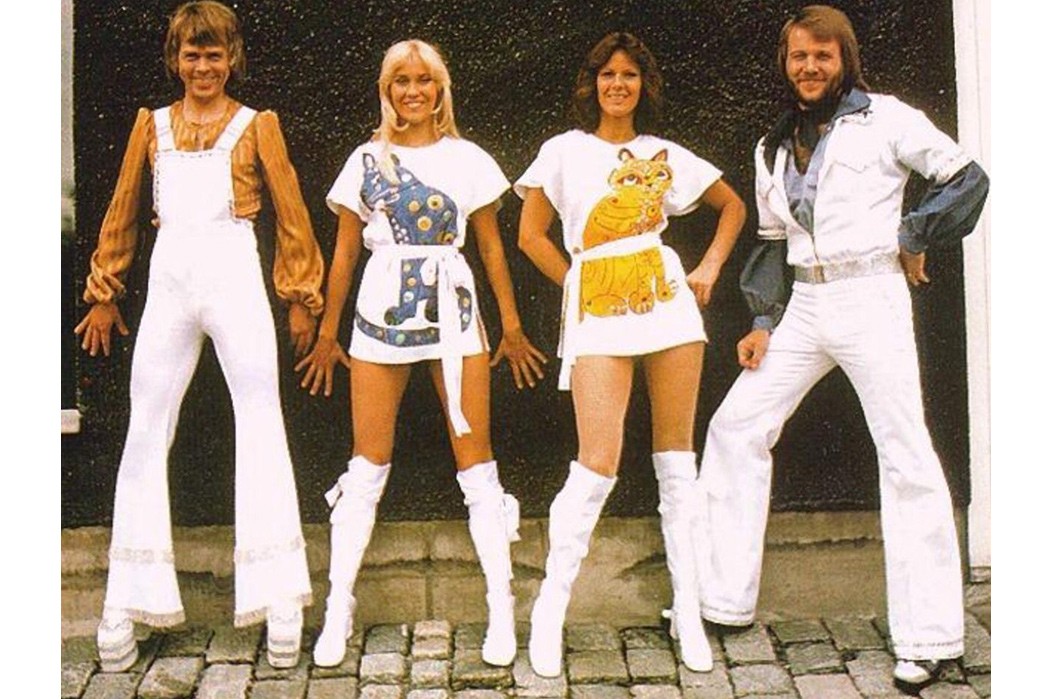
The good people of Abba showing us how not to wear clothes. Image via Go Retro!
It’s undoubtedly the preposterous bell-bottoms of the disco era that come to the mind of the uninformed shopper when they hear “bootcut.” Unlike jeans, bell bottoms served no discernible practical purpose, except looking sick at a disco, (a notable exception to this is flared U.S. sailors’ uniforms) and any hem so absurdly wide as the ones shown above would only cause trouble while at work.
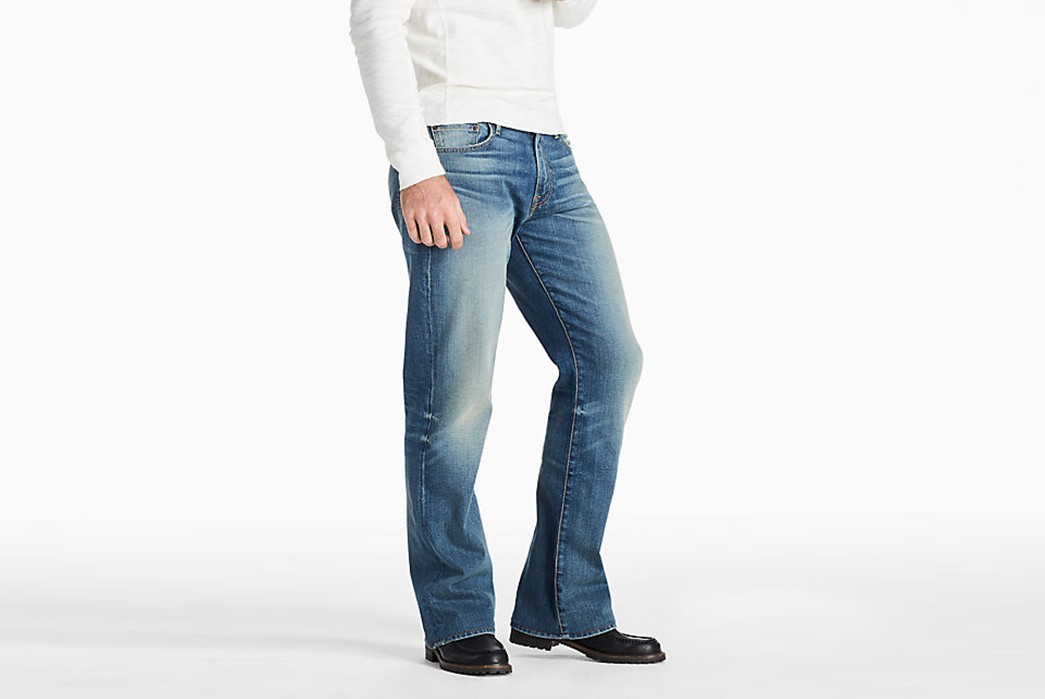
Shitty Lucky Brand bootcut. Image via Lucky Brand.
But it’s certainly true that there is no shortage of really bad bootcut jeans being made by the usual suspects in the fast fashion world, and just as in all things, inferior modern brands are making inferior products.
Bootcuts To Wear
Freenote Cloth’s Wilkes
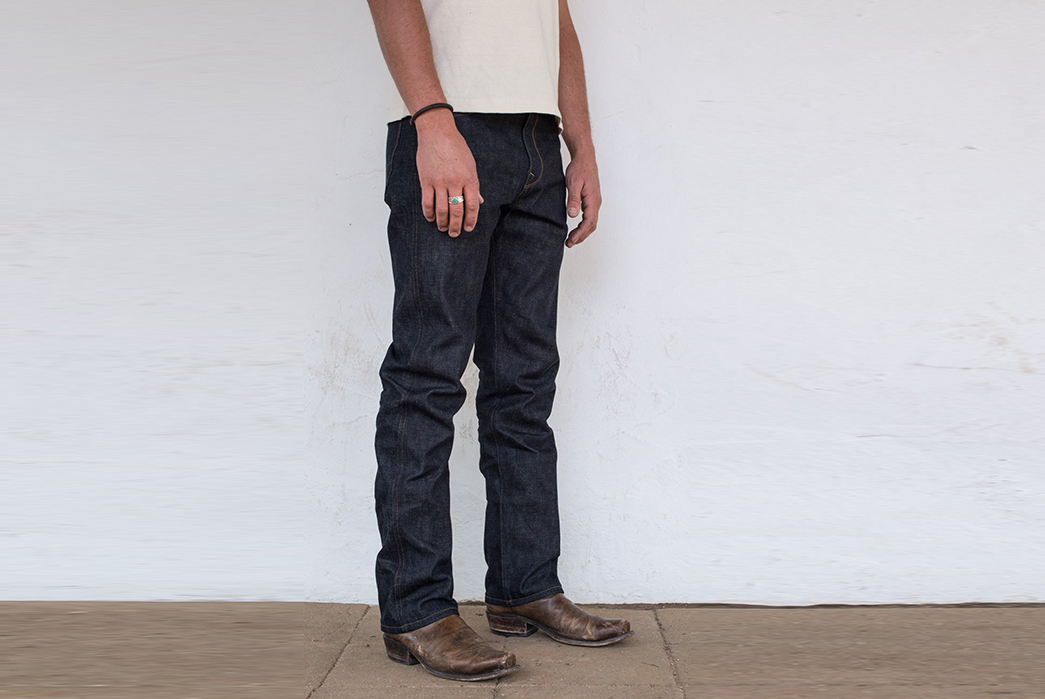
Wilkes cut from Freenote Cloth. Image via Freenote.
I visited the Freenote Cloth store in LA recently and was awestruck by their newest cut, the above Wilkes. Because of the negative connotation of the word “bootcut,” they prefer to refer to this jean as a Western cut. It’s a bootcut though, just the most tasteful and subtle modern version currently on the market.
The jean takes a lot of cues from the classic Wrangler 13MWZ, also using a 13oz. broken twill, and over yoke details. The coolest thing about this cut is that they managed to keep a double needle outseam like those seen on old Western jeans, while preserving the selvedge ID detail. A high rise, slim thigh, and zip-fly make the top block fit like a dream. Best of all, cuff the jean slightly and it’s slim enough to wear with sneakers. It has all the repro details you could possibly want, looks great, and doesn’t register as one of those bootcuts.
Available for $265 from Freenote Cloth.
Iron Heart 461z
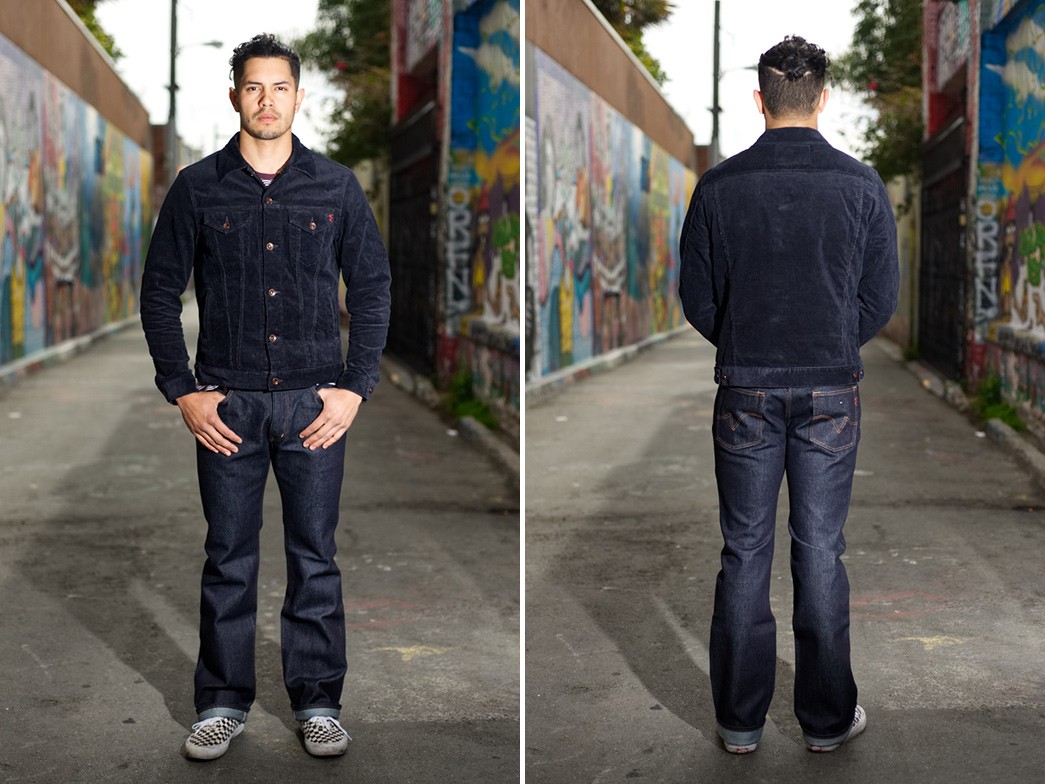
Iron Heart 461Z via Self Edge
For the heaviest-duty bootcut on the market, check out Iron Heart‘s 461z, which comes in their classic 21oz. denim. Although this particular pattern doesn’t show off the selvedge edge, it is, in fact, a selvedge denim. This cut is basically the famous 634s in the upper half with a slight flare from the knee down.
If the above picture is starting to scare you off, just keep in mind that a bootcut doesn’t look right until it’s been hemmed to that perfect length. If you have any break on a bootcut, even on James Dean, it starts to make the jean seem like it’s ballooning out. These jeans have fewer of the cowboy repro details on the top block, so they can fly a little better under the radar if you want the extra room in the calf, but don’t want to dive headfirst into the whole cowboy vibe.
While the public at large might be afraid of a bootcut, designers definitely aren’t. Haraki-san, the owner of Iron Heart, is a notable proponent of the flared-leg jean.
Available from Self Edge for $285. Peak the IH forum for extra inspo.
Naked and Famous Groovy Guy
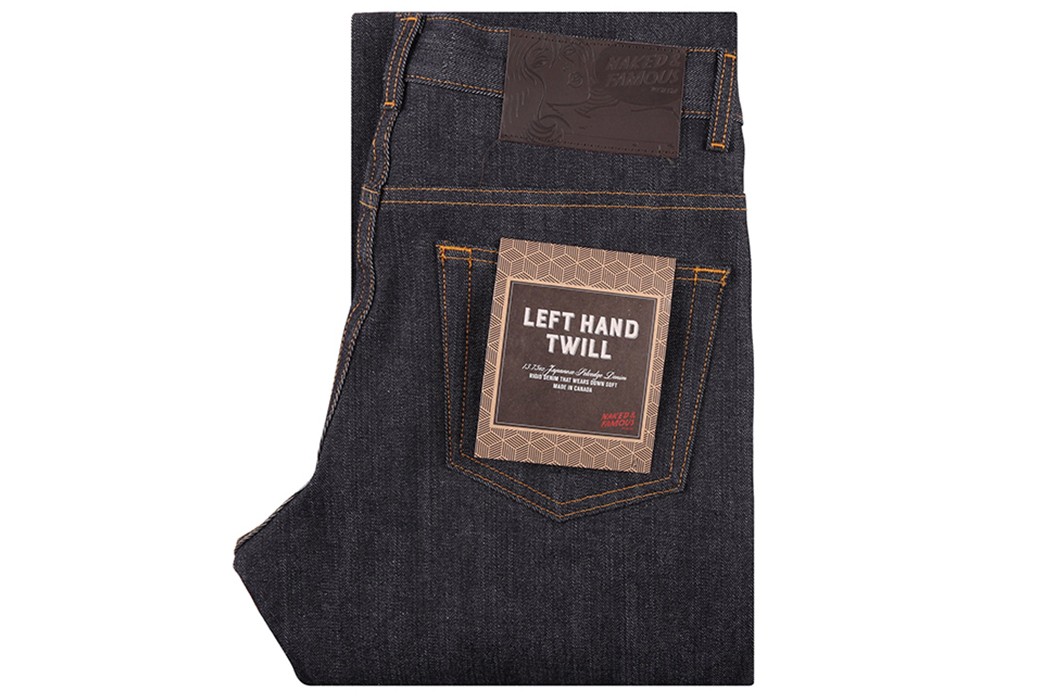
Naked and Famous Groovy Guy. Image via Tate and Yoko.
You can tell by the name of this jean that Naked and Famous is erring more on the bell-bottom side of the flared leg spectrum. This jean features the widest leg of any of the options mentioned thus far, with a button-fly and a fairly high rise.
Although the cut is definitely the wackiest of the above offerings, it’s made from a 13.75oz. Japanese left-hand twill that will fade with plenty of vertical striation.
This one is available for $145 from Tate and Yoko.
W.H. Ranch Dungarees CC Ryder
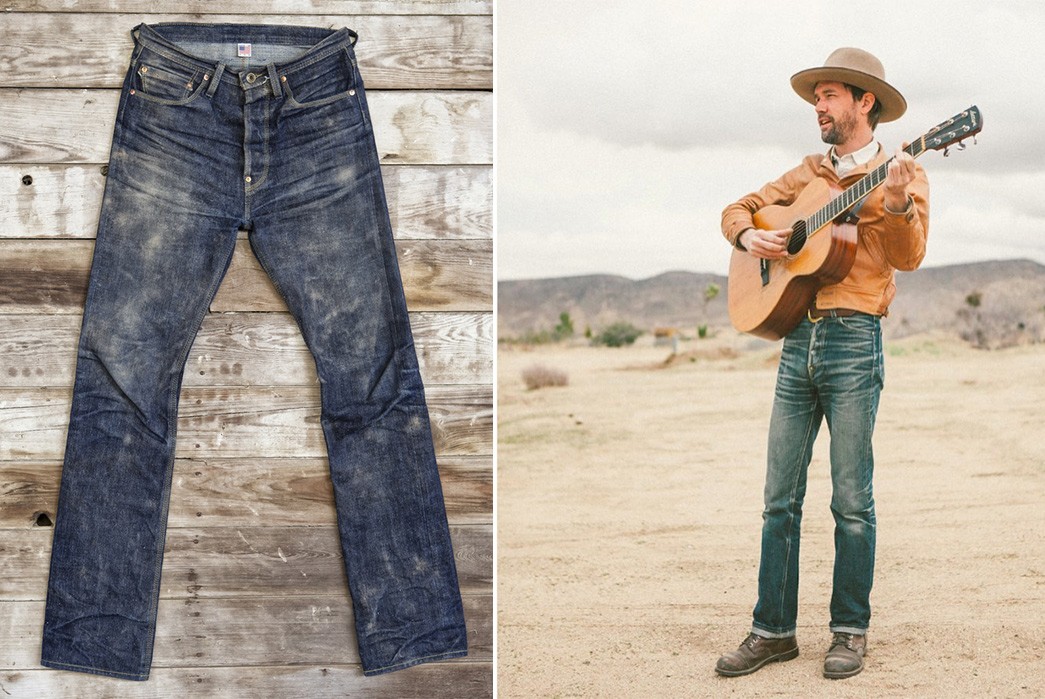
Willie Watson wearing the CC Ryder seen on the left.
As cowboy as they come, W.H. Ranch Dungarees offer some of the hardest-wearing, best-constructed jeans out there. Their CC Ryder is a limited edition jean designed by folksinger Willie Watson with a mid-high rise, slim silhouette, and an ever-so-slight bootcut hem. Benchmade with heaps of details like single-needle construction, copper hardware that’s set by hand, this special piece of kit also comes with autographed pocket bags from the famed folksinger.
Available for $395 at W.H. Ranch Dungarees.
Vintage—The Best Bet
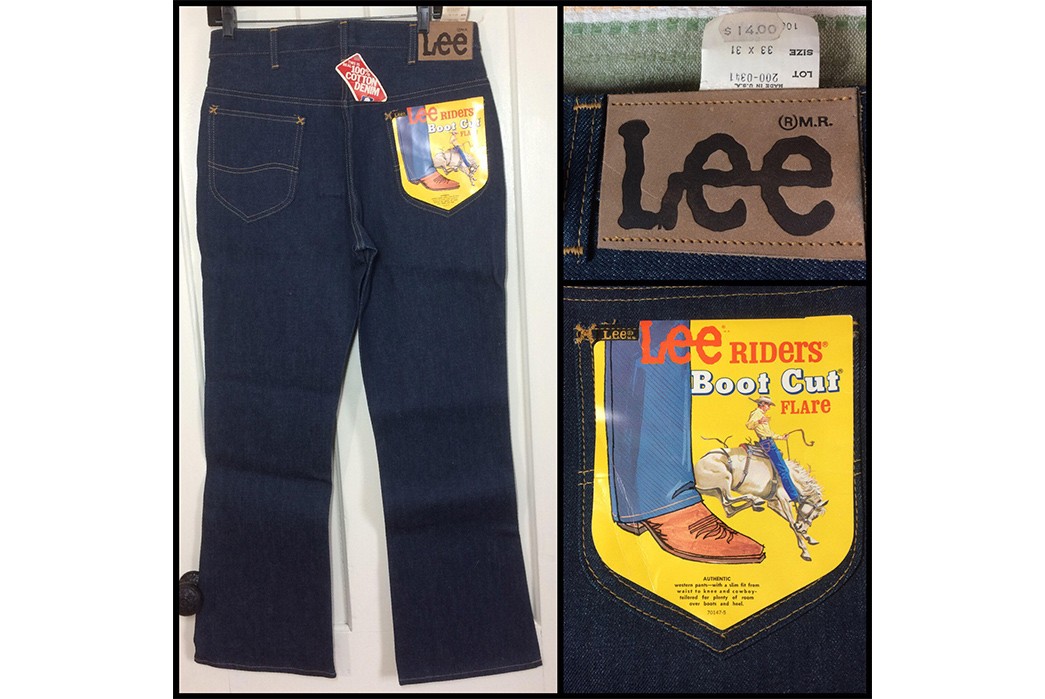
Deadstock Lee’s. Image via Etsy.
If you’re looking for a good bootcut, your best bet is to look for vintage Lee’s and Wrangler’s. Most respectable vintage stores will have faded examples of these classic bootcut options, but it’s not too hard to find deadstock Lee’s. Just look around eBay or Etsy for these perfect pieces of menswear history.
The proportions on these vintage jeans are just right—tight, but not too tight top blocks, pockets high on the seat for optimal ass-showing, and a zip-fly for those days when you want to give your bruised fingers a break. With a little effort, you can track down these beauties, faded or not. Both denims look gorgeous when worn in, and the denim in the old Lees is surprisingly easy to fade. Unless you’re looking at a particularly rare model, it’s easy to find a pair for less than $100 (I got mine for $45), which leaves a little cash to have them hemmed to the perfect length.
Get digging on Etsy
Conclusion
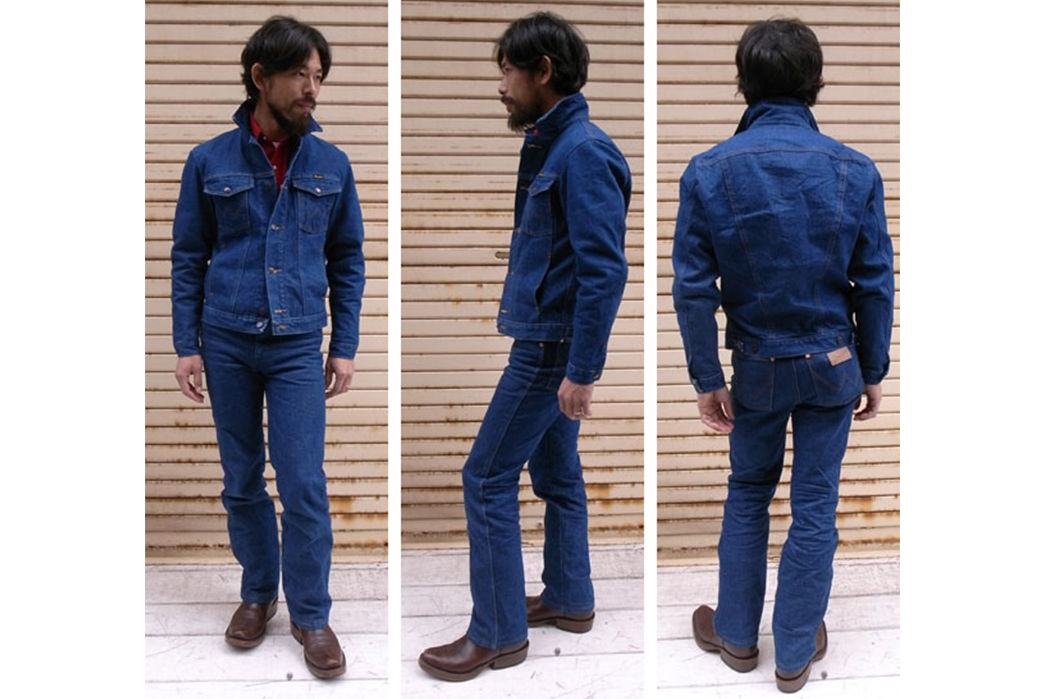
Wearing modern Wranglers. Image via Rakuten.
While some members of the world outside of raw denim have proved willing to give bootcut jeans a chance, we’re stuck arguing about hem widths on Reddit. This almost-universally flattering cut has long been dismissed because of certain outdated disco fashions and the work of cheap imitators. Far from a synonym for “bad style, the bootcut is an important chapter in the history of menswear and the real American west that still inspires so much of our style.
Long live the bootcut.

